views
1. Blue cheese was discovered by accident
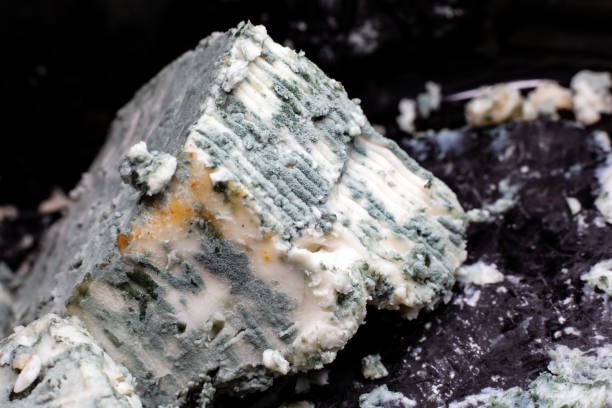
Legend says an inattentive shepherd left bread and cheese in a cave — and natural mold spores transformed it into blue cheese.
2. It’s aged in caves
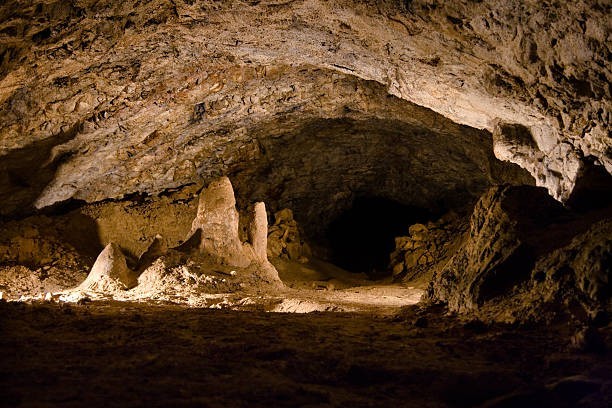
Traditional blue cheeses like Roquefort mature in limestone caves, where cool, humid conditions help Penicillium mold thrive.
3. Those blue veins are edible mold
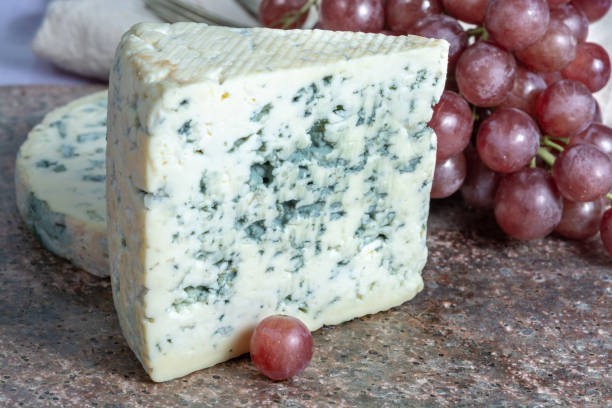
The striking blue or green veins come from Penicillium roqueforti or Penicillium glaucum, harmless molds that add flavor and aroma.
4. Europe’s famous trio
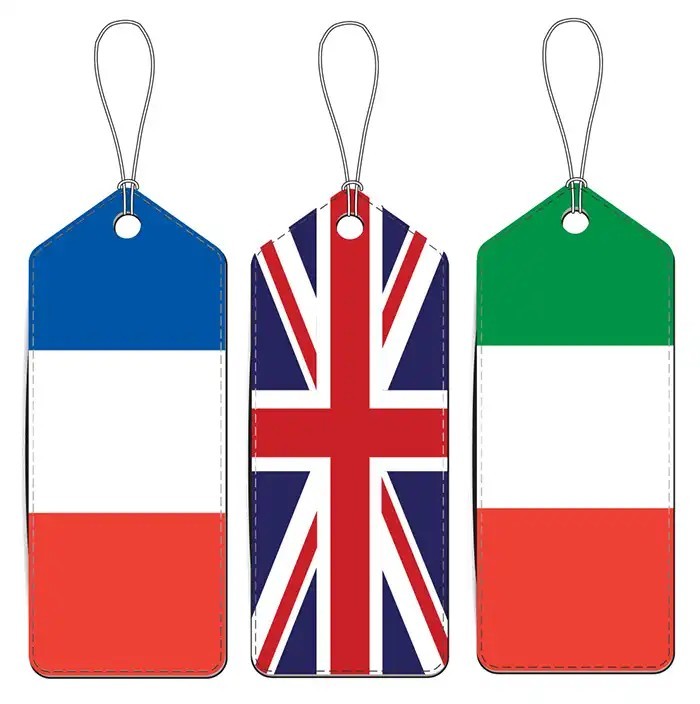
Roquefort (France), Gorgonzola (Italy), and Stilton (England) are the classic European blue cheeses, each with its own protected status.
5. It’s been enjoyed for centuries
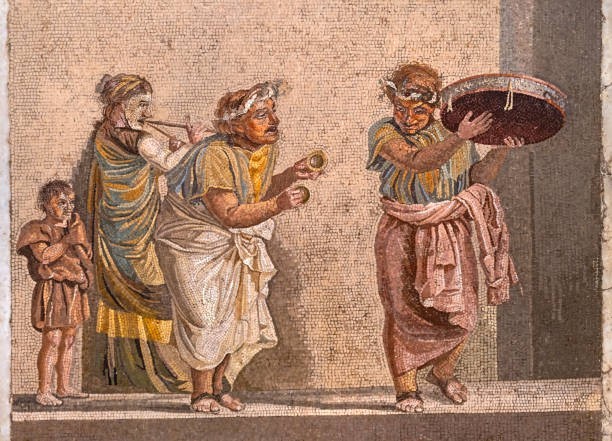
Historical references to mold-ripened cheeses date back as far as 79 AD in Roman times.
6. The flavor keeps changing
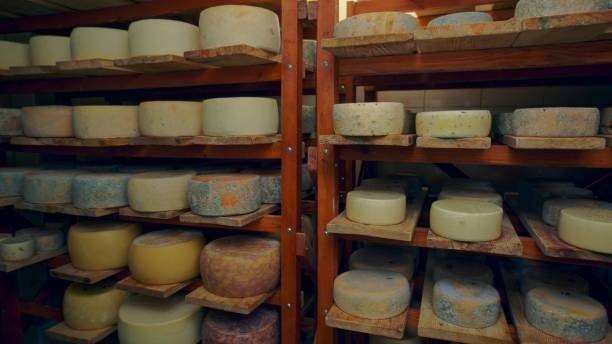
Blue cheese’s flavor sharpens and becomes more complex as it ages, ranging from creamy and mild to intensely tangy.
7. Veins form through “needling”
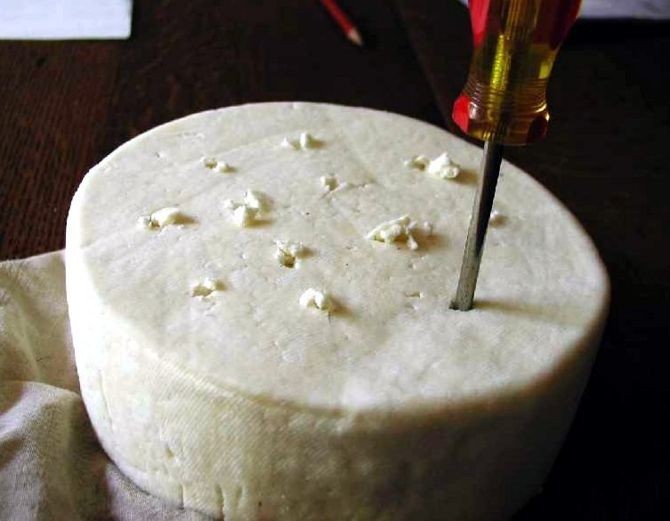
Cheesemakers poke the cheese with long needles to let air inside, helping mold grow along the air channels.
8. Great in sweet and savory dishes
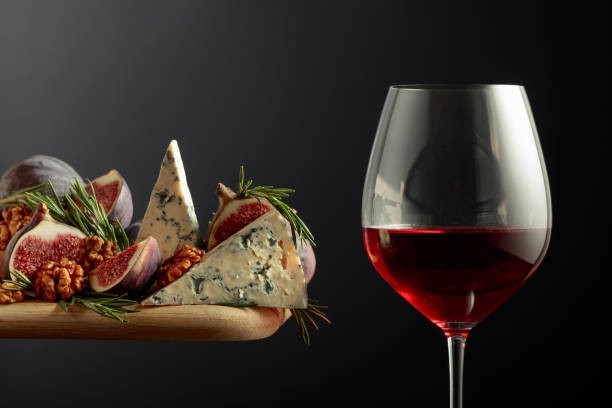
Blue cheese pairs surprisingly well with pears, honey, figs, and even dark chocolate.
9. Not all blue cheese smells the same

Each variety’s mold, milk type, and aging process create unique aromas — some stronger, some milder.
10. Blue cheese is naturally low in lactose

Aged cheeses like blue have very little lactose, making them easier for many lactose-sensitive people to enjoy.
🧀✨ From ancient caves to gourmet cheese boards, blue cheese proves mold can be delicious!
Which fact surprised you most? Share below!
#BlueCheese #CheeseFacts #FunFacts #FoodTrivia #GourmetCheese #DidYouKnow #MoldyButGood #CheeseLovers #FoodieLife #CheeseHistory




















Comments
0 comment